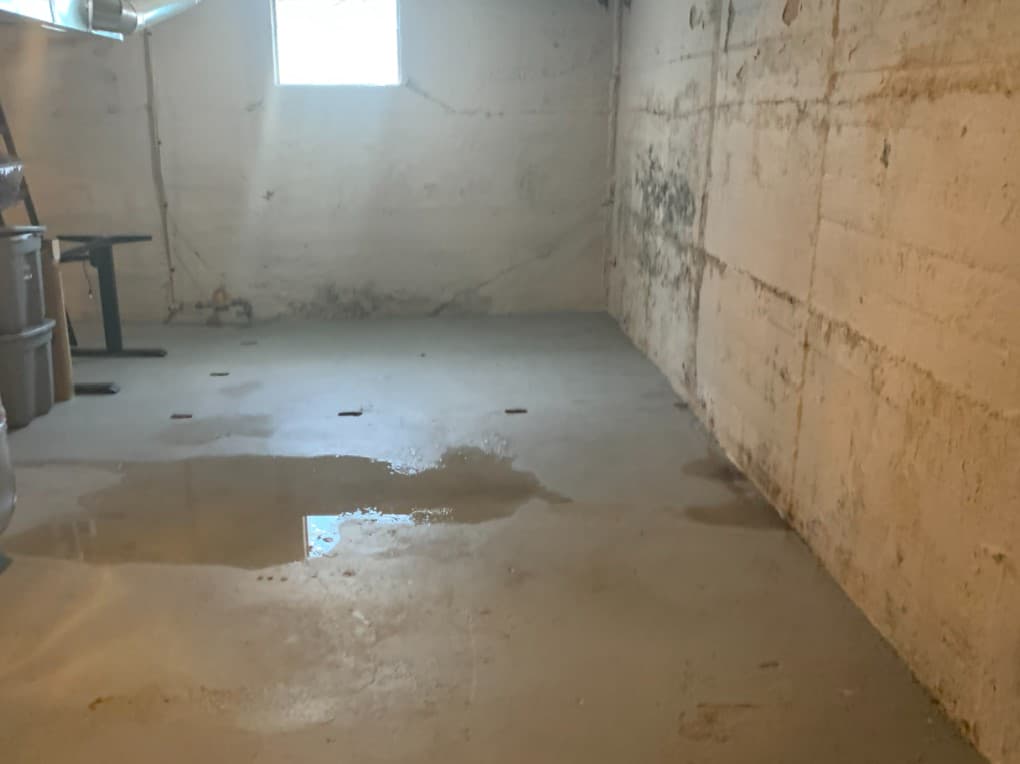Basement water problems are a common concern for many homeowners, often leading to significant damage if left unchecked. From minor dampness to full-blown flooding, basement water problems can affect the structural integrity of your home, cause mold growth, and create an unhealthy living environment. Understanding the causes of basement water problems, recognizing the signs, and knowing how to address them is crucial to protecting your property and health.

One of the primary reasons for basement water problems is poor drainage around the home. When rainwater or melting snow is not properly directed away from the foundation, it can seep into the basement walls or floor. This infiltration happens because the soil around the foundation becomes saturated, exerting hydrostatic pressure that forces water through cracks or porous concrete. Homeowners who notice persistent dampness or puddles in their basement should immediately consider drainage issues as a potential cause of their basement water problems.
Another major contributor to basement water problems is faulty or clogged gutters and downspouts. These components are designed to carry rainwater away from the house, but when they are blocked with leaves, debris, or damaged, water can overflow and pool around the foundation. This pooling water can gradually penetrate basement walls, resulting in moisture issues and, in severe cases, flooding. Regular maintenance of gutters and downspouts is essential to prevent such basement water problems from developing.
The construction quality of the basement itself plays a significant role in basement water problems. Older homes may have foundations made of porous materials or without proper waterproofing membranes, allowing water to seep in more easily. Additionally, cracks in the foundation walls or floor due to settling, shifting soil, or temperature changes create pathways for water intrusion. These small openings can lead to significant basement water problems if not properly sealed or repaired in time.
Groundwater is another hidden source of basement water problems. High water tables in certain geographic areas mean the basement is constantly exposed to moisture pressure from below. This can cause water to seep through the basement floor or walls, even in the absence of rainfall. Homeowners in such regions often experience basement water problems despite having good surface drainage systems, highlighting the importance of comprehensive waterproofing measures.
The consequences of basement water problems extend beyond mere inconvenience. Persistent moisture creates an ideal environment for mold and mildew growth, which can cause respiratory problems and allergies in residents. Moreover, the presence of water can damage personal belongings stored in the basement, including furniture, electronics, and important documents. Structural damage is another risk, as prolonged exposure to water weakens concrete and wooden supports, potentially leading to costly repairs or even unsafe living conditions.
Addressing basement water problems requires a multifaceted approach. The first step is to identify the exact source of the water intrusion. This may involve inspecting the exterior drainage systems, checking for foundation cracks, or conducting moisture tests inside the basement. Once the problem areas are pinpointed, homeowners can implement appropriate solutions to mitigate the basement water problems effectively.
Improving exterior drainage is often the most straightforward and cost-effective way to prevent basement water problems. This can include grading the soil around the foundation to slope away from the house, installing or repairing gutters and downspouts, and adding extensions to direct water further away. In some cases, French drains or surface drains may be necessary to redirect water from particularly problematic areas.
For more severe basement water problems, waterproofing treatments are essential. These may include applying waterproof coatings or sealants to interior basement walls and floors to block moisture penetration. Exterior waterproofing involves excavating around the foundation to apply membranes or drainage boards, which act as barriers to groundwater. Installing sump pumps is another common solution to basement water problems, especially in homes with high water tables, as they actively remove accumulated water before it causes damage.
Regular maintenance and monitoring are critical in preventing basement water problems from recurring. Homeowners should routinely inspect their foundation for cracks, clean gutters and downspouts seasonally, and ensure landscaping promotes proper drainage. Installing a dehumidifier in the basement can also help control indoor humidity levels, reducing the likelihood of mold growth due to basement water problems.
In conclusion, basement water problems can pose serious challenges, but they are manageable with proper knowledge and timely action. Understanding the causes—whether poor drainage, faulty gutters, foundation cracks, or high groundwater—allows homeowners to take preventive measures and apply the right solutions. By addressing basement water problems promptly, you safeguard your home’s structural integrity, protect your belongings, and maintain a healthier living environment. Prevention, maintenance, and professional intervention where necessary are key to keeping your basement dry and problem-free.